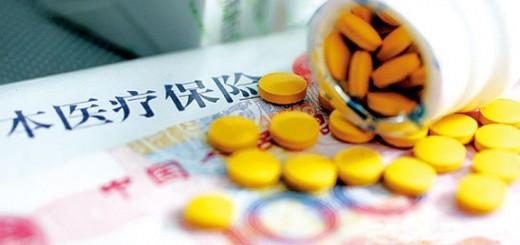| Share This Article
Research Frontiers of Medicinal Plants |
||
| DOWNLOAD |
|
Downloads Pharmacological Review of Ginsenoside Dammarane Saponin Rh2 Downloads Pharmacological Review of Ginsenoside Dammarane Saponin Rg1 Downloads Pharmacological Review of Ginsenoside Dammarane Saponin Rb1 Downloads Pharmacological Review of Aglycon Dammarane Sapogenin (AGS) – Protopanaxatriol (PPT) Downloads Pharmacological Review of Aglycon Dammarane Sapogenin (AGS) – Protopanaxadiol (PPD) |
Ginsenoside Rg1 stimulates the new vessel regeneration after acute myocardial infarction
Myocardial infarction or acute myocardial infarction (AMI) is commonly known as a heart attack. An MI occurs when blood stops flowing to a part of the heart because one of the coronary arteries that supplies blood to the heart develops a blockage, and the heart muscle dies because it is not receiving enough oxygen. Proangiogenic therapy appeared a promising strategy for the treatment of patients with acute myocardial infarction (MI), as de novo formation of microvessels, has the potential to salvage ischemic myocardium at early stages after MI, and is also essential to prevent the transition to heart failure through the control of cardiomyocyte hypertrophy and contractility. Ginseng is widely used in orient countries for over thousands of years, and modern technologies have discovered a multiplicity of pharmacological effects such as stimulating a variety of stem cells, anti-allergic effect, etc. Recently, scientists at Jilin University found that ginsenoside Rg1, a main ingredient in Asian ginseng, is able to stimulate new vessel formation in the ischemic heart. In the study, acute ischemic rats received Rg1 treatment at 5-15mg/kg/d, and developed less muscle infarction, compared with non-treated rats. Microscope examination also found a denser microvascular network in Rg1 treated rats. Furthermore, Rg1 treatment stimulates the secretion of VEGFs, which are chemicals able to induce sprouting and growth of new blood vessels. The research results suggest that ginsenoside Rg1 could be used a protective agent to help mitigate the myocardial infarction and consequent complications. These new findings were published on Journal of Third Military Medical University, 2013 volume 35, issue 1 Title: Ginsenoside-Rg1 promotes angiogenesis in rats with acute myocardial ischemia Abstract: Methods: The acute ischemia model was established by ligation of the left front descending branch of the coronary artery. The rats were divided randomly into the model group, metoprolol treatment (MET, 4.5 mg/kg) group, ginsenoside-Rg1 treatment groups (5, 10, and 15 mg/kg), 8 rats in each group. Another 8 rats receiving sham operation served as sham operation group. The drugs were administered for 14 d. The myocardial infarction area was measured after 2, 3, 5-triphenyltetrazoliumchloride (TTC) staining. The microvascular density (MVD) was observed by immunohistochemistry staining. The expression of myocardial VEGF, VEGFR1, VEGFR2 and p-Akt was examined by immunohistochemical staining. The myocardial NO levels were examined by Griess assay. Results: Compared with the model group, the infarct area was reduced obviously in ginsenoside-Rg1 10 mg/kg group and 15 mg/kg group in AMI rats (P<0.01). And also, ginsenoside-Rg1 of 10 and 15 mg/kg resulted in an obvious increase in MVD of ischemic myocardium (P<0.01). Ginsenoside-Rg1 of 10 mg/kg led to moderate expression of myocardial VEGF, VEGFR1, VEGFR2 and p-Akt. And that of 15 mg/kg led to strong expression of above proteins. These effects were similar to the positive control group. The best effect was found in the ginsenoside-Rg1 15mg/kg group. In addition, ginsenoside-Rg1 of 10 and 15 mg/kg resulted in an obvious increase in the myocardial NO levels compared with the model group (P<0.05, P<0.01). Conclusion: Ginsenoside-Rg1 induces angiogenesis in rats after myocardial ischemia. The role of ginsenoside-Rg1 on angiogenesis is correlated with the increased expression of VEGF, VEGFR, p-Akt and NO in the myocardium. |








